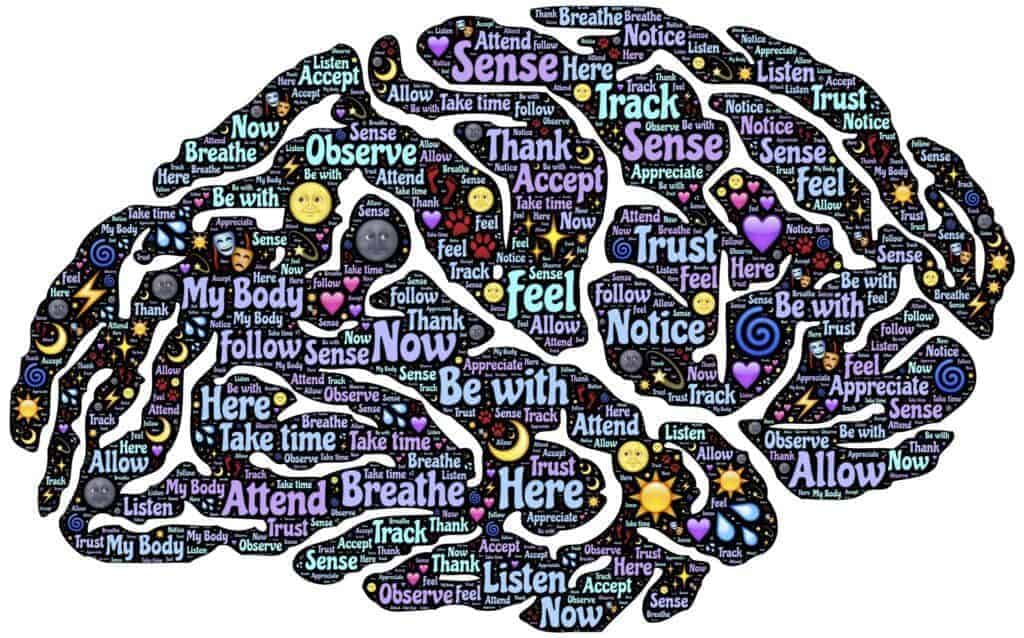
“I am the decisive element in the classroom. It is my personal approach that creates the climate. It is my daily mood that makes the weather. As a teacher I possess tremendous power to make a child’s life miserable or joyous. I can be a tool of torture or an instrument of inspiration. I can humiliate or humour, hurt or heal. In all situations it is my response that decides whether a crisis will be escalated or de-escalated, and a child humanised or de-humanised”. (Ginott, 1972:p15-16)
This quote by Ginott (1972) exemplifies the tremendous impact teachers can have with those who they interact with. This impact can be either positive or negative as highlighted above; and as a potential mediator of student experience, teachers must be mindful of how their actions directly and indirectly affect student experience and learning.
Being mindful of your impact as a teacher is key in designing, delivering and reflecting on learning encounters with students, and ensuring that where possible a conducive, supportive and positive learning environment is established and maintained.
Designing
When working with teachers and colleagues I constantly refer back to what the rationale is behind the lesson, what do you want students to learn? How best will this be facilitated? And most importantly why is it important in the first place? Many different things may influence the rationale behind a lesson. Lessons may be designed based on the needs of the learners informed by ipsative assessment or guided by curriculum or schemes of work to name but a few. Regardless of how the rationale is constructed it is important that it is analysed and critiqued to ensure that lesson content is appropriate, engaging, informative, relevant with affective pedagogical tools considered to assist in the delivery of content. Not to mention involving learners in designing their own learning journey.
Delivering
When delivering lessons it is important to be dynamic in delivery not just running through the lesson as to the lesson schedule, but being present in the moment, responding to learners needs as they appear. Being in the moment allows you to use your intuition to tell you whether you need to move on or reinforce learning, adapt activities to stretch and challenge or simplify to facilitate success.
Reflecting
Possibly the most important aspect is reflection, whether formal or informal reflection is key in improving practice. Loughran (1996) describes reflection as the purposeful and deliberate act of thinking about ways in which to respond to problematic situations within teaching and learning. Savage (2015) goes on to state that evaluation is vital to becoming a skilful and competent teacher. Being mindful of not just your view of the lesson but also how students viewed the lesson is vital in ensuring that you capture both sides of the story.
Action research
The process of being mindful of the designing, delivery and reflection of lessons or a sequence of lesson is also known as action research. Action research provides the means by which professional people may increase the effectiveness of the work in which they are engaged (Mills, 2011). By focussing on generating specific solutions to practical, localised problems, action research empowers practitioners by getting them to engage with research and the subsequent development or implementation activities (Meyer, 2000). Action research enables teachers to develop a systematic, inquiry approach toward their own practices (Hopkins, 2002). Action research therefore can be used as a method to develop mindful teaching.
A Call for Radical Pedagogical Approach
“Radical Pedagogy needs to be informed by a passionate faith in the necessity of struggling to create a better world. In other words, radical pedagogy needs a vision – one that celebrates not what is but what could be, that looks beyond the immediate to the future and links struggle to a new set of human possibilities. This is the call for for a concrete utopianism” (Giroux 1983, 242).
The merger of mindfulness in ones teaching and the adoption of a radical pedagogical approach will enable teachers to reflect on what is, and seek out what could be. This is a call for teachers to look beyond the surface and be critical and mindful of the educational experiences they create.
References
Ginott, H. (1972) Teacher and child. New York: Macmillan.
Giroux, H. (1983) Theory and Resistance in Education. A Pedagogy for the Opposition. London: Heinemann.
Hopkins, D. (2002) A Teacher’s Guide to Classroom Research. 3rd Edition. Maidenhead: Open University Press.
Loughran, J. (1996) Developing Reflective Practice: Learning about Teaching and Learning through Modelling. London: Falmer Press.
Meyer, J. (2000) ‘Using qualitative methods in health related action research’, British Medical Journal, 320: 178–181.
Mills, G. E. (2011). Action research: A guide for the teacher researcher (4th ed.). Boston: Pearson.
Savage, J. (2015) Lesson Planning: Key Concepts and Skills for Teachers. Oxon: Routledge.


Responses